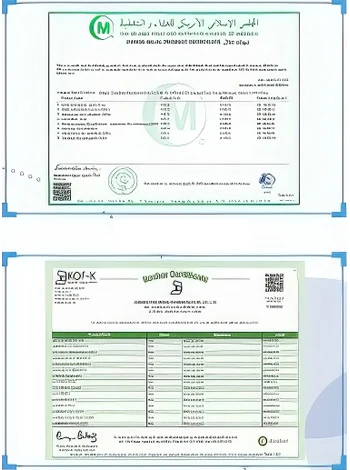



chemical oxidation in water treatment
Chemical Oxidation in Water Treatment A Comprehensive Overview
Water treatment is a critical process that ensures the provision of clean and safe drinking water to communities. Among the various methods employed in this sector, chemical oxidation stands out as a highly effective technique for removing pollutants, organic matter, and pathogens from water. This process involves the addition of chemical oxidizing agents to water, which facilitate the breakdown of harmful contaminants, thus improving water quality.
Chemical oxidation works on the principle of redox (reduction-oxidation) reactions. In these reactions, oxidizing agents such as chlorine, ozone, potassium permanganate, and hydrogen peroxide are introduced into the water. These agents react with unwanted substances, converting them into less harmful compounds or completely mineralizing them. For instance, chlorine is widely used not only for its disinfecting properties but also for its ability to oxidize organic contaminants, like phenols and pesticides.
One of the most significant advantages of chemical oxidation is its ability to tackle a wide array of contaminants. This includes not only organic pollutants but also inorganic ones, such as ammonia and iron. Oxidation is particularly effective in breaking down complex organic molecules that are otherwise resistant to biological degradation. As a result, this method is frequently used in the treatment of industrial effluents, landfill leachate, and other highly contaminated water sources.
Ozone, a powerful oxidant, is another popular choice in chemical oxidation processes. Ozone treatment is recognized for its effectiveness in disinfection and odor control. It also reduces the formation of harmful disinfection by-products that are often associated with chlorine use. However, the application of ozone requires careful management due to its reactive nature, which can lead to the formation of harmful by-products if not controlled properly.
chemical oxidation in water treatment

Moreover, hydrogen peroxide offers a more eco-friendly alternative, particularly when using advanced oxidation processes (AOPs). AOPs combine hydrogen peroxide with ultraviolet light or other catalysts, producing highly reactive hydroxyl radicals that can degrade organic contaminants. This method is gaining traction due to its efficiency and the relatively simple infrastructure required for implementation.
Despite the numerous benefits of chemical oxidation, there are also challenges associated with its use. Firstly, the initial cost of chemical oxidants can be substantial, especially for large-scale water treatment facilities. Additionally, there is a need for careful monitoring and management of chemical dosing to prevent over-oxidation, which can lead to the formation of harmful by-products and disrupt the ecological balance in treated waters.
Furthermore, the effectiveness of chemical oxidation can vary based on the specific water quality parameters and the nature of contaminants present
. As such, it is essential to conduct comprehensive water quality assessments prior to implementing oxidation treatments.In conclusion, chemical oxidation plays a vital role in modern water treatment processes. Its ability to efficiently remove a broad spectrum of contaminants makes it an invaluable tool for ensuring safe drinking water. As technology advances and environmental regulations become more stringent, chemical oxidation techniques will likely continue to evolve, further enhancing their application in sustainable water management practices.
-
Why Sodium Persulfate Is Everywhere NowNewsJul.07,2025
-
Why Polyacrylamide Is in High DemandNewsJul.07,2025
-
Understanding Paint Chemicals and Their ApplicationsNewsJul.07,2025
-
Smart Use Of Mining ChemicalsNewsJul.07,2025
-
Practical Uses of Potassium MonopersulfateNewsJul.07,2025
-
Agrochemicals In Real FarmingNewsJul.07,2025
-
Sodium Chlorite Hot UsesNewsJul.01,2025










